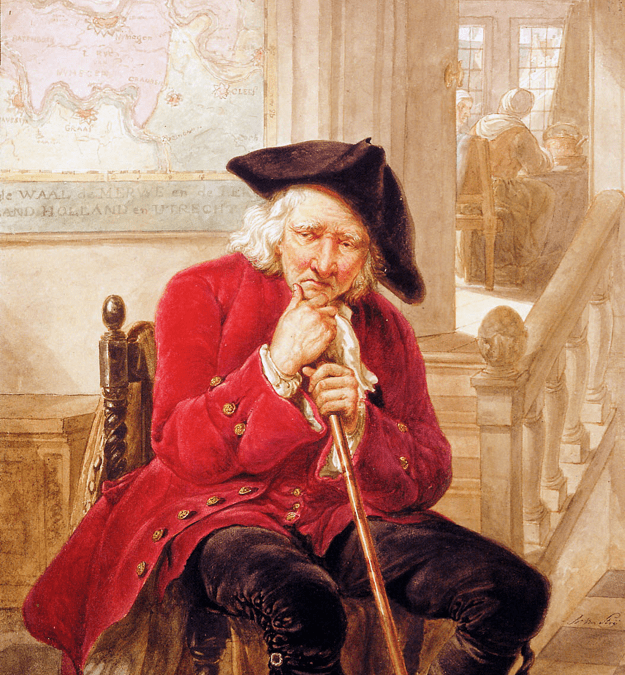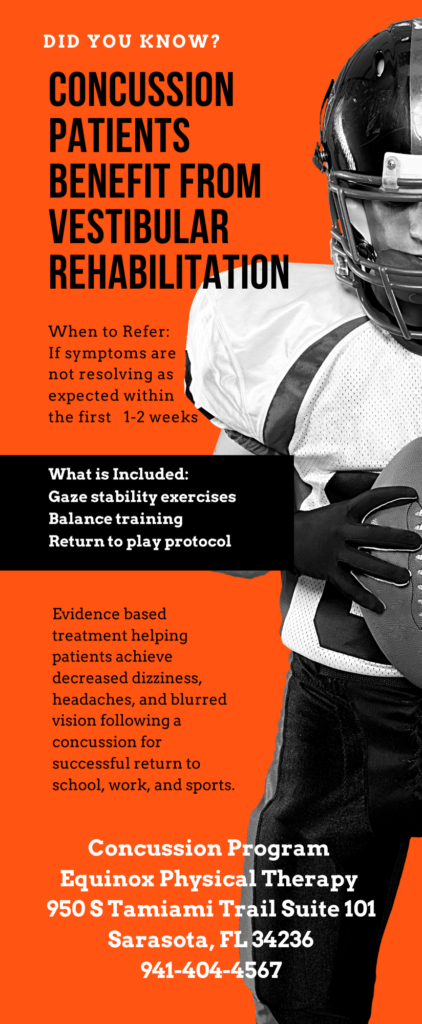Sitting old man waiting in hall, by Abraham van Strij
Medicine and technology are amazing. People who are deaf can get cochlear implants to restore their hearing, while others get corneal implants for their eyes. There are hip and knee replacements for arthritic joints, and the list goes on… If you have in inner ear balance problem, you may be wondering, “When will someone make an implant to restore my balance?”
Well, Dr. Jay Rubinstein from the University of Washington is definitely one of the researchers in the know. A few years ago, I met Dr. Rubinstein at a University of Colorado ENT meeting. At that time, he was reporting on his early results from implanting human subjects with his vestibular device. When I saw him again in February 2014, he was kind enough to give me an update.
His first studies were done on rhesus monkeys that had healthy inner ear systems with intact hearing and balance function. In order to start testing the device on human subjects, the device needed approval from the Food and Drug Administration (FDA), and the study had to pass strict scrutiny by an institutional review board (IRB) to prove that the research was ethical and would not harm the subjects involved. Dr. Rubinstein had to find a population of people who from a hearing and balance point of view had nothing to lose and everything to gain by participating in the study.
The first group of 4 people to be implanted had a condition called Meniere’s Disease. These patients had already lost their hearing and vestibular function (inner ear balance control) due to Meniere’s Disease before they were implanted. He has now been following these initial patients for one to three years. Because the device can be turned on and off, Dr. Rubinstein compared how the device benefits the person’s balance control, and also how the device improves the ability of the person to stabilize their vision and decrease the visual bouncing phenomenon called Oscillopsia. Oscillopsia is kind of like the effect one would get if watching an amateur video that someone took as they were walking down the street. It looks as if the world is bouncing. One goal of the implant is that by restoring inner ear function, the oscillopsia would stop.
So you must be wondering, what did he find? Dr. Rubinstein found that over time, the electrical response from the device declined. Based on these findings, he adapted the vestibular implant to make the responses generated more robust.
Sounds great, right? But not so fast. Because research on human subjects is very, very regulated, Dr. Rubinstein has to go back to the FDA to get the new device approved, and then has to submit a whole new IRB research protocol for approval! Once that hurdle is jumped, the next hurdle is funding. As you can imagine, this type of research is very expensive and takes a lot of money…
So you see, research takes perseverance. Dr. Rubinstein certainly has that! I am very grateful that he took the time to talk with me, and has allowed me to share these things with you! I told him that my patients are always asking me when there will be a cure for their problem, and I tell them – “they’re working on it…” Truly, hope is on the horizon.




